The Current State of Augmented and Virtual Reality
The Current State of Augmented and Virtual Reality
- Last Updated: December 2, 2024
Scottie Gardonio
- Last Updated: December 2, 2024



How far has this emerging technology come so far?
If you’re listening to any of the hype, it sure sounds as though augmented and virtual reality are evolving rapidly and beginning to take hold in our future lives.
In reality, AR/VR have been silently milling around for decades. It’s as if we have been been meandering along a hopelessly endless rainbow road to finally reach the pot of gold. We have our treasure, we just have to pick through it bit by bit.
So, AR and VR startups are entering the field daily and patents are being issued on grand scales. But if a tutu-clad, galaxy-sized velociraptor stopped the world from turning today, where would the technology stand thus far?
Familiar Friends
To start, let’s first glimpse at some of the industry’s top players. This is by no means a comprehensive list of everyone trying to grab their share of the augmented or virtual pie. However, these are likely the companies you will currently recognize or interact with regularly.
In fact, the list of AR/VR players is so long it’d likely make for an article no one would attempt to read.
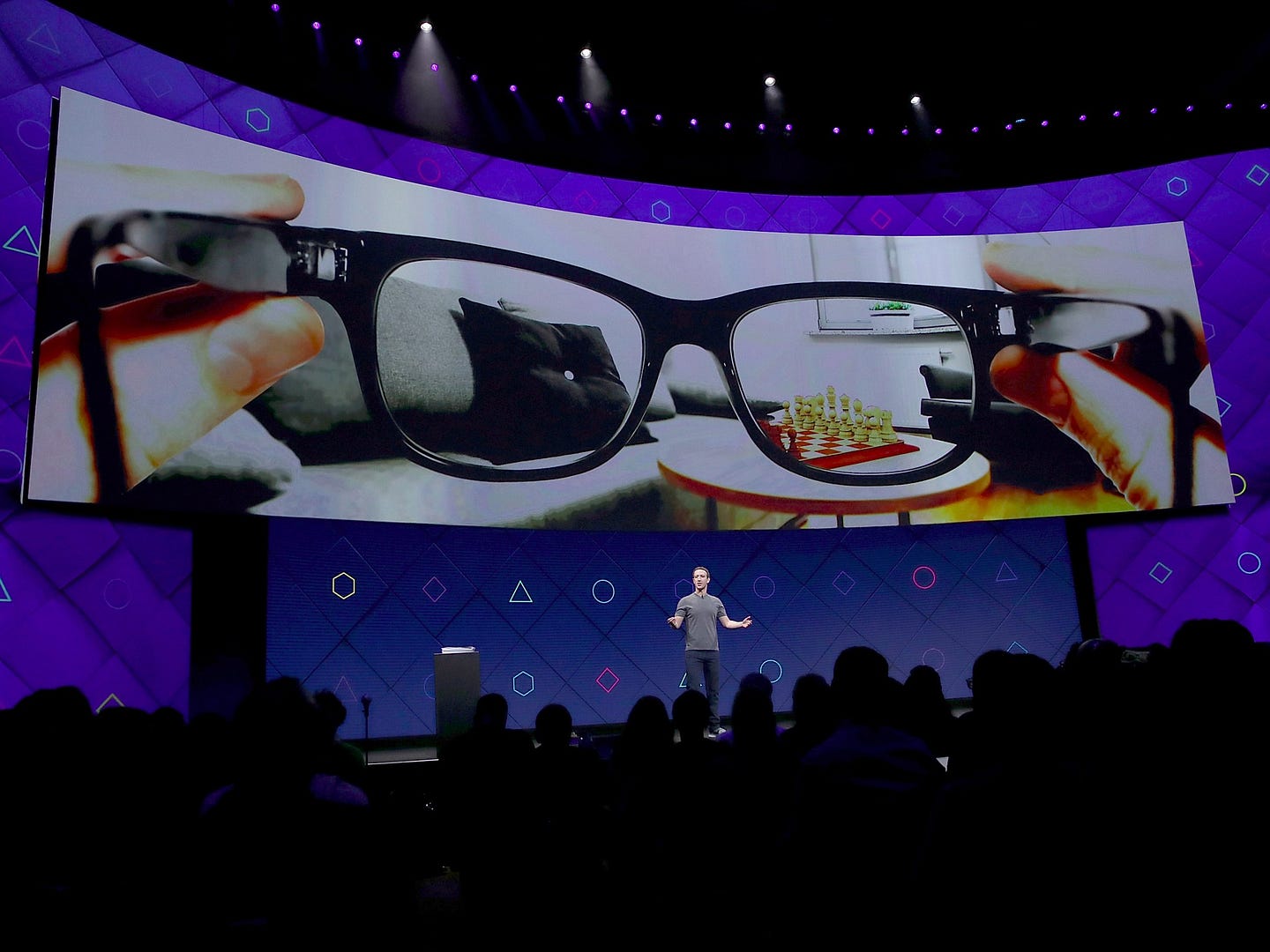
Image courtesy of Getty
Facebook / Pinterest
Facebook already implements 360 and virtual reality videos into their platform. Pinterest is sure to follow suit, as things progress. On August 17, 2017, there was also an announcement that Facebook’s partnership with Oculus (Oculus Rift — VR) is moving into the smart glasses (AR) realm via initial patents.
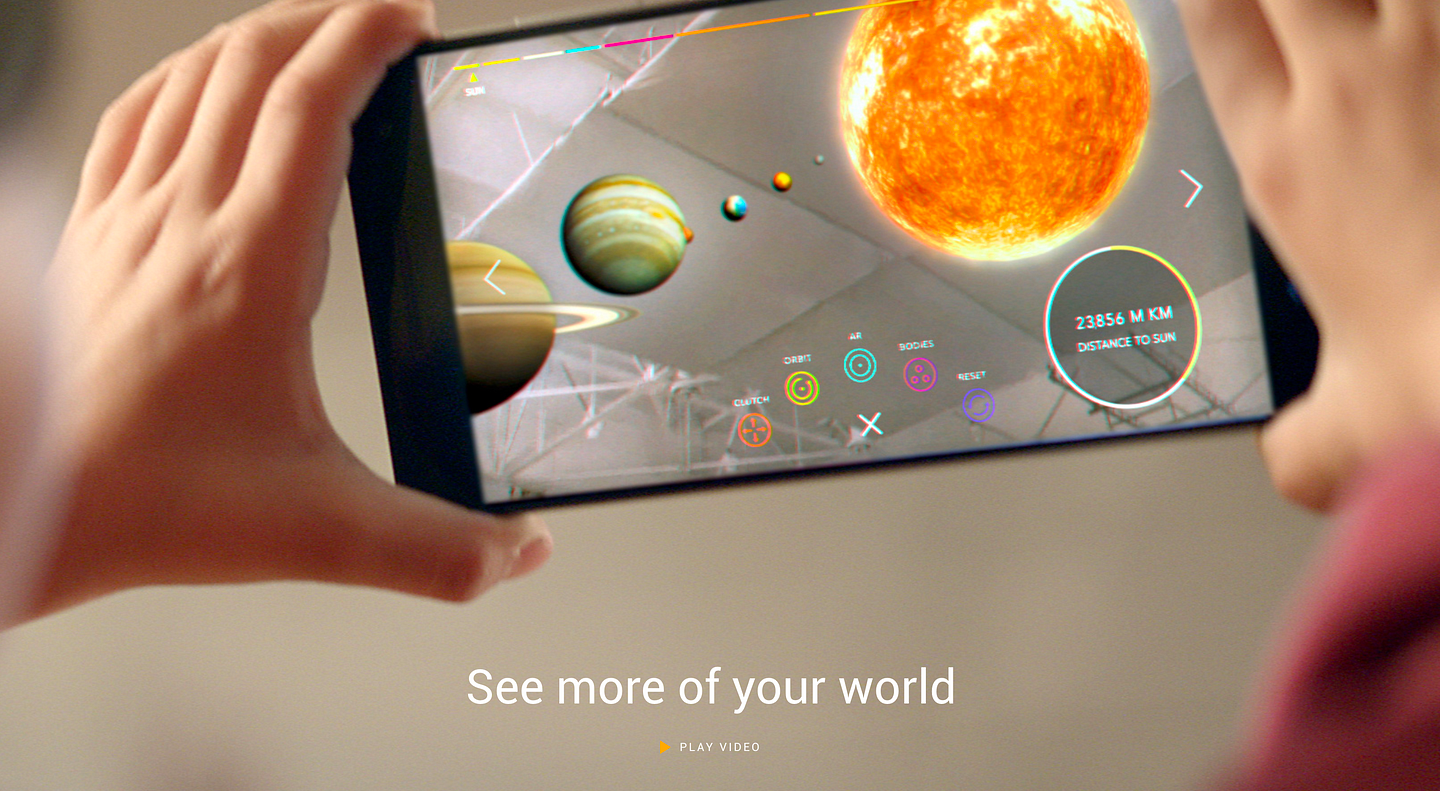
Image Credit: Oculus Rift
Google / Youtube
Also joining in the 360 and virtual reality video battle are Google and YouTube. Directly rivaling Facebook and Pinterest, Google has been exploring with headsets. Both partnering with HTC and by creating their own (Daydream), Google has multiple stakes in VR.
Tango is Google’s most prominent stake in AR at the moment, though it’s platform is only for use on limited smartphones.

Image courtesy Veer VR Blog.
Oculus Rift, HTC Vive, Sony PlayStation VR
Arguably the most popular, high-end virtual reality headsets on the market. With newer models out this year, similarities between the headsets are increasing. While there are certainly subtle differences, the main bits are all becoming more standard in the industry. Packages typically include:
- Controllers — allowing you to interact with the virtual environment
- High-End Headset — allowing you to view and hear the virtual environment
- Tracking Systems — allowing you to move within the virtual environment
Should one be looking for cheaper options, without the addition of complex controllers and tracking systems, many 360 or virtual videos can be viewed through cheaper headsets, such as Google Cardboard or Samsung Gear.
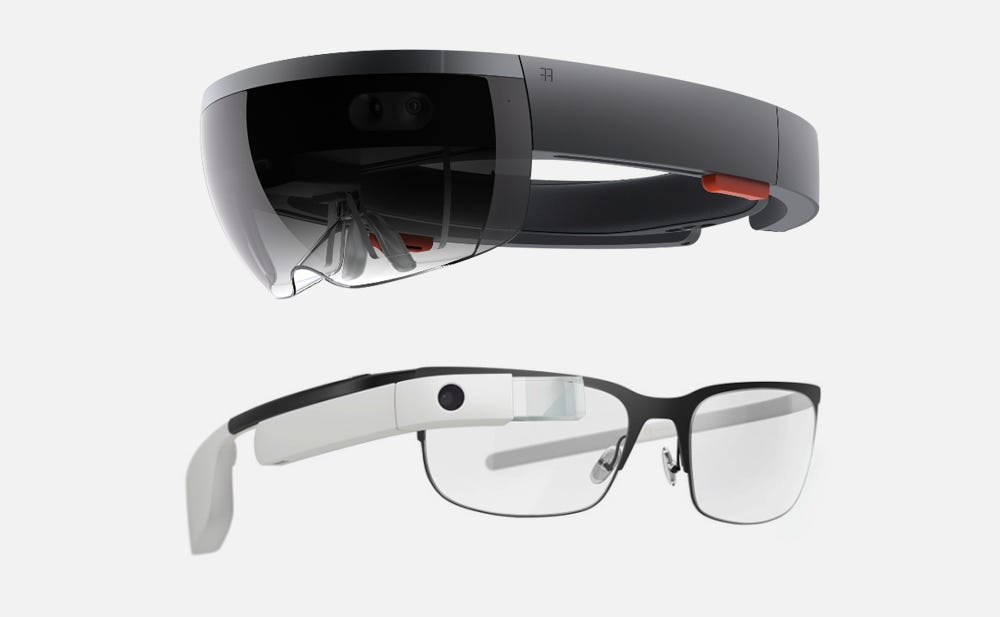
Image courtesy Variety.
Google Glass, HoloLens, Apple
Yes, Google Glass makes the cut! While it has long been considered a flop, the re-insurgence of the Google Glass is making it clear the world is finally ready for an augmented reality headset. As of now, the glasses are mainly being used for practical purposes, such as being an informational source/guide while employees are on a manufacturing floor.
Microsoft’s HoloLens, however, is more prominent in the AR sector simply due to it being relatively new. Whereas the Google Glass will need to overcome its previous reputation once the consumer AR headset wars begin, HoloLens has been building a brand and teasing consumers by way of augmented and virtual reality arcades and museum teasers.
With high price tags and few practical applications, no AR headset is being mass purchased for consumers just yet. Though, as Apple has recently filed for patents on their own AR glasses, we can soon expect to see full-on retail battles as each company streaks toward the consumer market.
Creating Content
Generally speaking, creating quality content for AR/VR has sit largely in the professional realm for decades. Proving people with platforms in which to easily create their own “reality” experiences has been a long road, as with most other technologies.
When websites became mainstream, experts created them. Then, more options for laypeople emerged, and even Grandma Elma could make a website in as few as twenty minutes. The same happened when apps first entered the scene.
In recent months, this AR/VR creation technology is becoming more mainstream.
ARKit
Recently, Apple announced the ARKit — a game-changing AR development platform. Through a paid or free Developer Account, anyone can begin to create AR apps for iOS devices.
While the ARKit is now making the creation of augmented reality content more available and approachable to the mass public, the creations are best supported on other iOS devices, in true Apple form.
As of yet, there are still few viewing options for Apple’s initial entrance to the augmented reality scene, as they have yet to create a headset. Yet, they’ve filed for numerous patents for and rumors of their potential implementation have been circulating for many months.
Other Platforms
Other platforms also allow for similar types of creation, though many require the user to have a decent grasp of coding.
As another recent release, we see Mozilla bringing WebVR to the masses. This platform has fewer restrictions than the ARKit, as the VR can be viewed in a variety of ways, regardless of the manufacturer. Via computer, phone, phone in a headset, or full VR headset, creations can be enjoyed by all, though Mozilla primarily partners with other companies while, itself, focusing on the viewing capabilities.
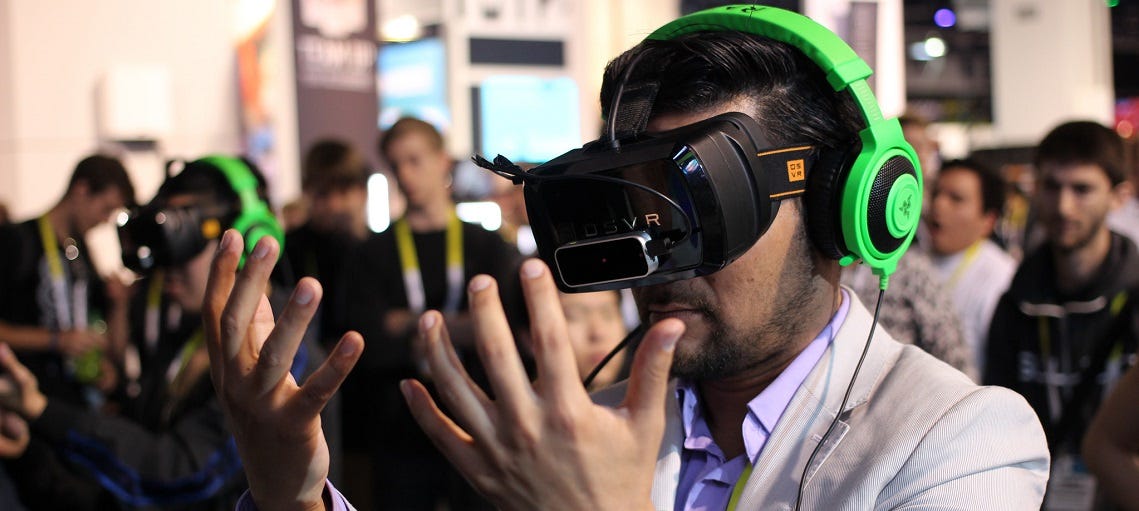
General Population Uses
Gaming — VR
Definitely the most well known industry for both augmented and virtual reality, there are a litany of games available for every enthusiast. Now, I could go start listing virtual reality games, but even if I just tried to stick with “top” games, I’d likely miss a fan-favorite, and I have no need for hate mail.
For the sake of illustration, why don’t you take a minute to list off the top five Playstation games. Go ahead, I’ll wait.
If your head’s swarming with all of the times you watched TV commercials, walked down a Walmart game aisle, or listened to you neighbor’s niece list off a Christmas wish-list, you vaguely understand why any sort of “top games” list in an article not dedicated to VR games is a nearly impossible feat. Let’s just leave this one with the knowledge that there are countless amazing VR games for every personality.
Gaming — AR
While there are countless VR games, there are fewer AR games. The one you’ve likely heard of, if you’re not a gaming or AR fanatic, is Pokemon Go.
All the rage in 2016, the hype has died significantly. This is not due to the technology in gaming, though. The game, like any other game, movie or popular entertainment, launched with a hard push, and then the game ran it’s course. It made AR gaming mainstream, though, and that’s an amazing step toward future fun.
Social Media
As described above, social channels are already exploring the use of AR and VR in many ways. You might view a 360 video via your Facebook feed on your phone or computer, or you might watch one within a VR headset.
There are also social media channels working directly within VR. However, a popular one, AltspaceVR, abruptly shut down in July 2017 citing funding issues.
Movies & Videos — VR & 360
Feature-length movies haven’t quite made it into the virtual reality sphere yet, but there are talks of scripts being written. One example, Tron 3, seems to be a fitting first for VR, as described by Jeff Bridges and the Nerdist.
Still, there is an abundance of videos for viewers on just about every topic. If you want to ski the alps, swim with sharks, or watch short films by industry frontrunners, you’ll find it in VR video.
Skip ahead to the one-minute mark for the Mona Lisa. ARART from kei shiratori on Vimeo.
Tourism
Not every AR/VR experience is overt. Whether you know it or not, you may have used AR or VR while vacationing (though if you didn’t know it, the likelihood of it being AR over VR is high). Many museums and other tourism-based locations have implemented augmented reality into their visitor experience. This could range anywhere from seeing an astronaut placed inside a space vessel, learning more about an exhibit to seeing a painting come to life.
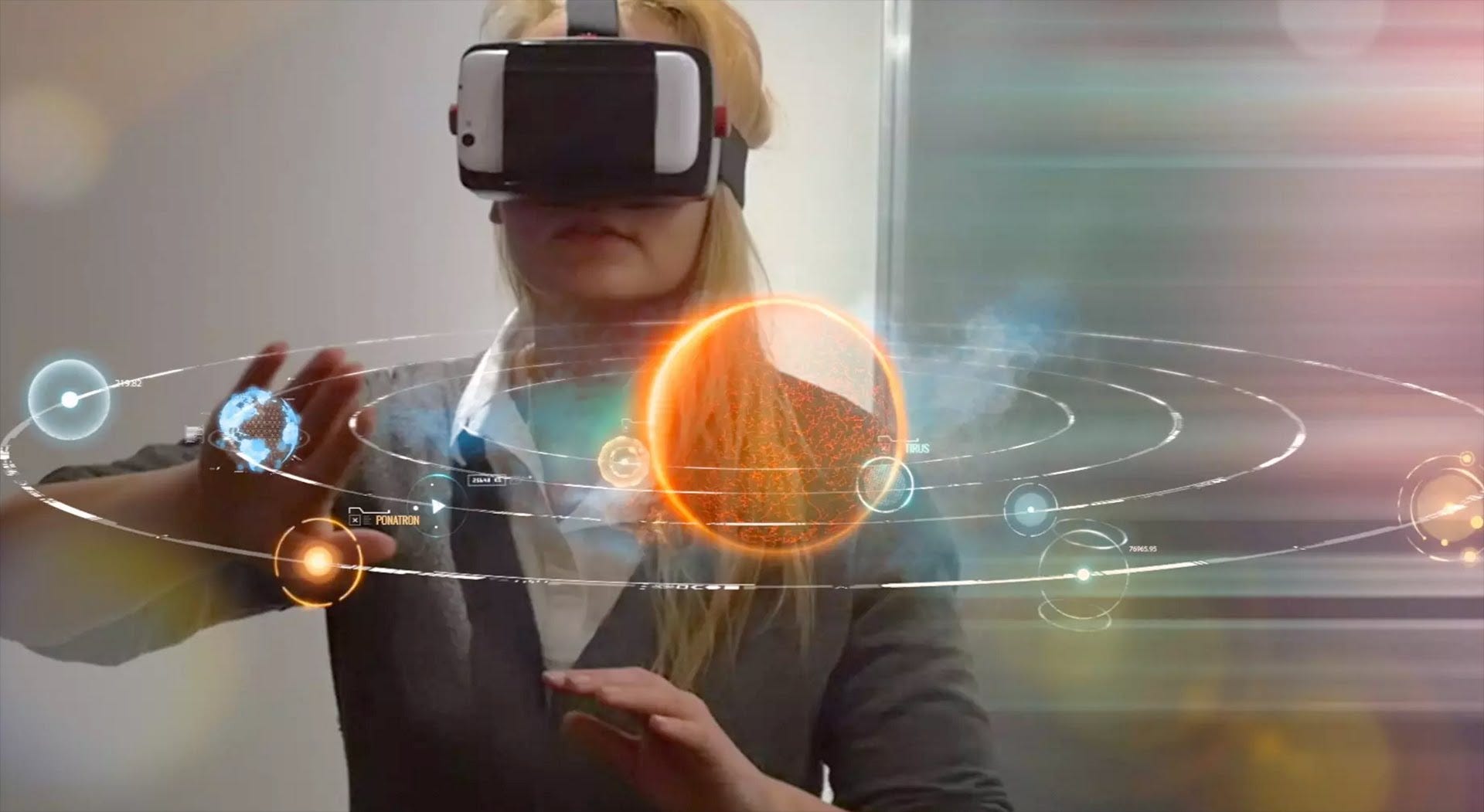
Industry Integration
Education
Similar to many other industries, education is quickly jumping on the AR/VR bandwagon. A slew of companies are creating content and apps to begin the integration process at all levels of schooling.
For some, this means taking virtual school trips to locations previously eliminated from any sort of budget or restricted due to time constraints. In other situations, we see additional strides in the educational sector with ways to further assist special education children. Even those working with student recruiting have begun to work in VR to give a better show a campus or the educational landscape of a particular school.
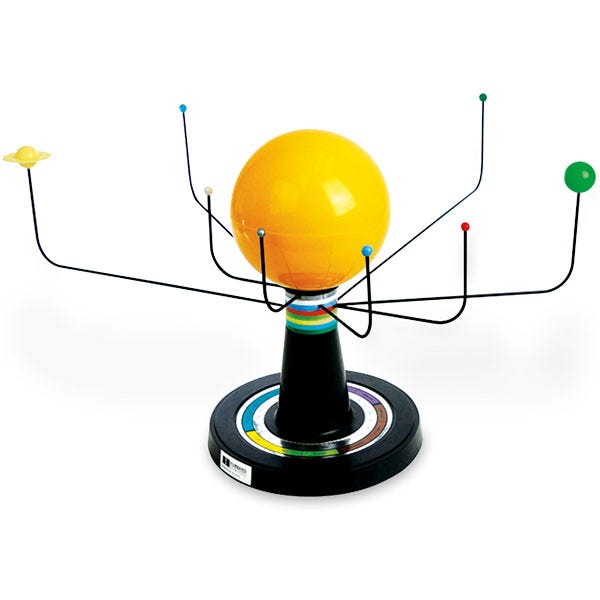
Sadly, we do not see our tutu-clad, galaxy-sized velociraptor in this model. Image Credit: Nasco
Now, just imagine if you’re a younger you in elementary school. Today, you can travel to outer space when learning about the solar system instead of just watching a battle-worn teacher spin that weird globe contraption.
Health
In the medical fields, we are seeing many applications being utilized at what will be considered, in the future, rather primitive levels. (Though, as of right now, they’re pretty fricking amazing!)
Medical-related schools are using the technology to teach about anatomy in safe ways. Where flat diagrams and cadavers once stood, we are starting to see AR/VR come through with functional and interactive learning models.
For patients, while low-impact testing is still needed, more functions are being discovered. Some paralyzed patients have been working with VR immersion in a way to reanimate limbs previously thought lost. While results are slow, some studies have found patients regaining control of bladders and feeling more in control of their bodies.
Other sectors of the health industries are beginning to use VR therapy on Alzheimer patients in a way to help improve memory.
Military & Police
By way of training, VR is perhaps the safest way to prepare troops and other government bodies for certain situations. Virtual reality provides more authentic scenarios, as opposed to those formulated in staged rooms or buildings, allowing for better training.
In other cases, the military has been utilizing augmented reality in architecture, such as in naval ships. Where a previous build would be viewed through blueprints, and some real-life, 3D issues would be found during construction, they are now able to “walk” through an area via augmented reality in order to find the time and cost-consuming issue prior to the start of construction.
Retail
In the past years, one of the loudest AR shopping launches has been through IKEA. With their catalog app, you are able to see how furniture will look in your home. And, if you’ve ever purchased a couch only to find the bright yellow plaid cushions don’t go particularly well with your twenty-year-old tomato-red shag carpet, you’ll be thrilled with the time-savings.
(Examples given within this article may or may not be from personal experience.)
In the way of VR, Alibaba, an Asian-based company, has been working with shopping. In a Tweet from 2016, Alibaba explained the app as “peruse to purchase” all within your VR headset, making retail and shopping more expansive. Gone are the days of waiting for a store to “open near you,” as AR and VR are unleashing our favorites around the globe.
Office
While still experimental, we are beginning to see the shift in office technology. In particular, and perhaps as a prelude to our own cubicle futures, companies are testing new office-level experiences.
Meta, a company doing many other amazing things with AR is starting to utilize their virtual desktops within their staff. Whether this means that in the future we’ll all be getting computers straight out of Minority Report is yet to be seen, but I, for one, am very hopeful!
Tourism & Travel
Since we already went over this one in another section, we won’t go too much further with it here. However, it should be noted that booking hotels along with researching trips and destinations can be done in both AR and VR.
So, if you’ve ever wondered if you should take a trip to Tokyo, grab a headset, enter your virtual reality theater, and plug in some key words. You’ll hurdle toward Oz, Dorothy-in-a-twister style, and see amazing examples of what it would be like to make your dream trip — solidifying your decision to scrap that weekly Hot-Pocket in lieu of saving for a trip.
(OK, I don’t actually know of any VR app that simulates going to another land via a small house in a twister, but if someone could make that happen, that’d be great. Also, add flying monkeys for authenticity.)
As of now, the implementation of AR and VR is going slowly, but it’s happening in such a way that we are seeing the integration take hold in every corner of our lives. While the future of both are exciting and the prospects are nearly infinite, we’ll have to wait just a bit longer for some of our favorite ideas to take shape.
Until then, our tutu-clad, galaxy-sized velociraptor is spinning our planet back into action so we can watch everything unfold.
The Most Comprehensive IoT Newsletter for Enterprises
Showcasing the highest-quality content, resources, news, and insights from the world of the Internet of Things. Subscribe to remain informed and up-to-date.
New Podcast Episode

Moving Past the Pilot Phase in IoT and AI
Related Articles
Are We Running Out of Infrastructure Capacity? What IoT Leaders Need to Know
December 18, 2025

Clarity Wins: What the Blue Jays’ World Series Run Teaches Tech Leaders About Alignment and Execution
October 24, 2025

The 7 Worst Examples of IoT Hacking and Vulnerabilities in Recorded History
October 3, 2025
